Last month we began the process of outfitting our new XV-1 trailer for long term field operations. Although it was already equipped with some of the basics, we wanted to make several changes to suit our personal needs, as well as make it more comfortable for day to day travel. There was plenty to do, but we decided to start by improving the sleeping arrangements with a BunduTop roof tent from Bundutec USA.
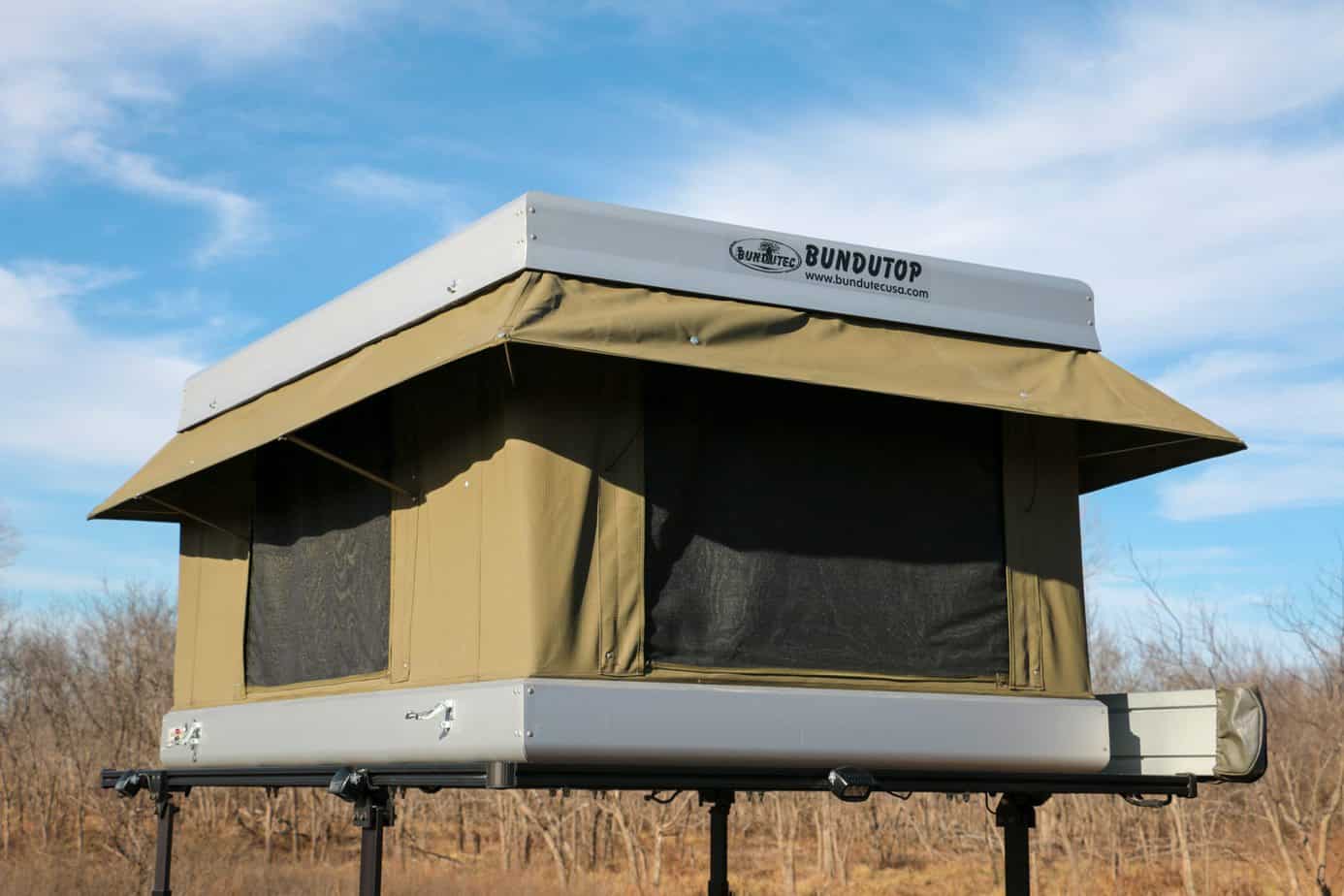
I’ll admit that at first I wasn’t thrilled with the idea. Its boxy shape and aluminum finish didn’t fit my ideal image for something on top of an overland vehicle, and the added complexity of using electronics to raise and lower the tent seemed ridiculous, but after opening it up and testing the features it quickly became apparent that it was a perfect fit for our back country support trailer. This is largely due to its innovative and well thought out design, which gives it the space and comfort of a soft-shell with the setup time of a hard-shell.

Instead of the gas struts found on nearly every other hard shell, the BunduTop uses a 2,000 lb winch and a series of pulleys to raise and lower the roof at the push of a button. This is the company’s main selling point, and although it sounds crazy, the elaborate design actually feels quite solid. It takes a little less than fifteen seconds to pull the walls up or down, and that includes the deployment of a 360° awning for protection against the elements. In truth there’s little difference in the setup time when compared to competitors, but the breakdown is significantly easier. Everything folds away quickly and smoothly, without the need to tuck fabric or force down over-powered struts.


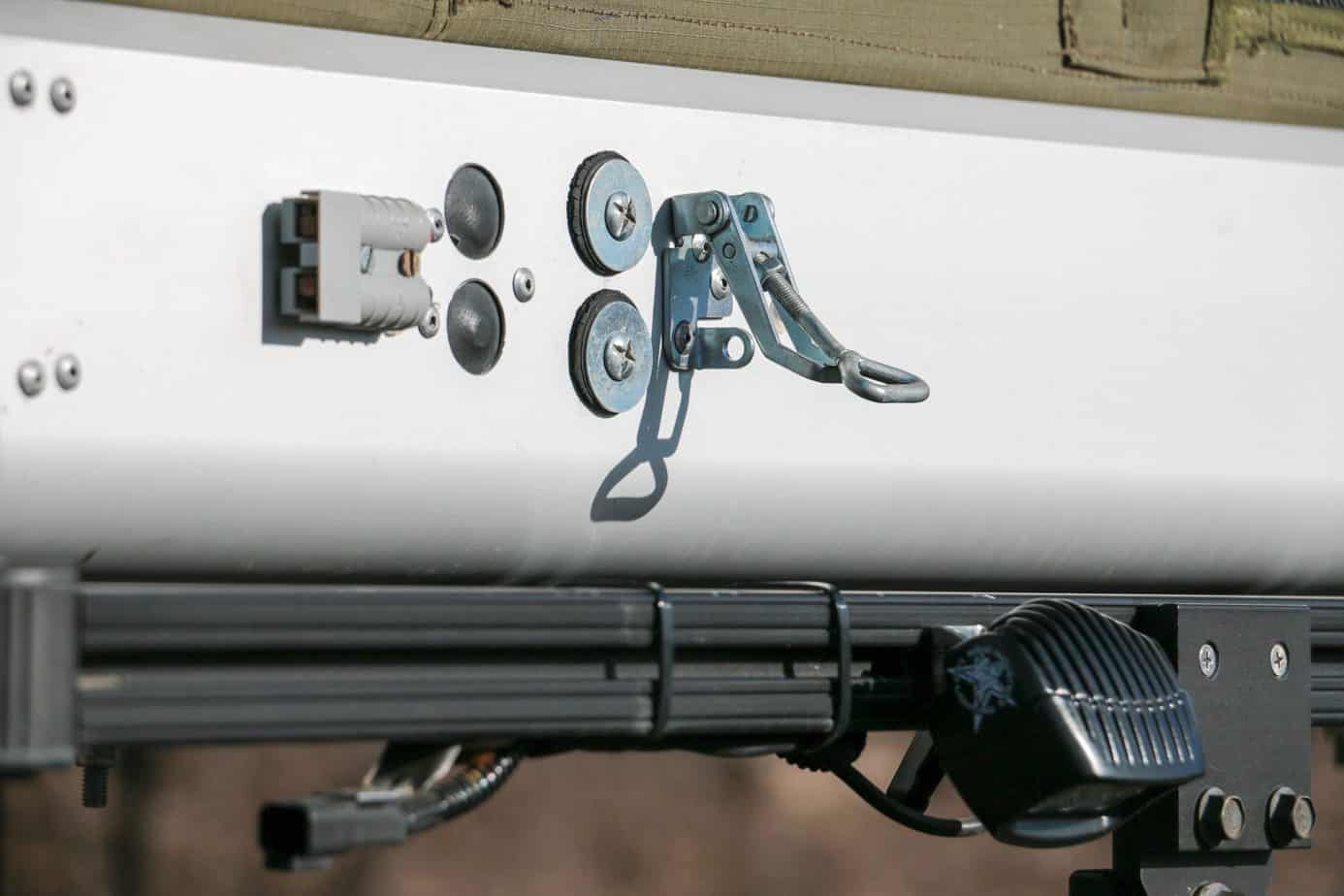
To make up for the addition of a winch in the roof, Bundutec constructed the entire shell out of riveted sheets of aluminum. This brought the total weight down to 135 pounds, which is barely more than your average tent. This not only decreases roof load, but will increase the overall life of the tent, as fiberglass tends to fade and crack with time, while properly maintained aluminum will last for decades.

Of course metal is a conductor right? Won’t it be frigid in the winter and hot in the summer? Fortunately their design team thought of that and installed thick layers of insulation underneath the floor and ceiling of the tent. Thus far I’ve only had the chance to test this under the heat of a Texas sun, but if the mild internal temperatures were any indication, I’d say cold weather performance will be equally good. Only time will tell.
The walls and awning are made from a heavy-duty ripstop canvas that is thick and weather resistant. I loved that they chose to use this style of fabric instead of a more technical alternative, as it feels richer, and more like a traditional South African roof top tent. Each of the four large doors provides a great view of your surroundings, and contains a layer of mosquito mesh for ventilation without the bugs.
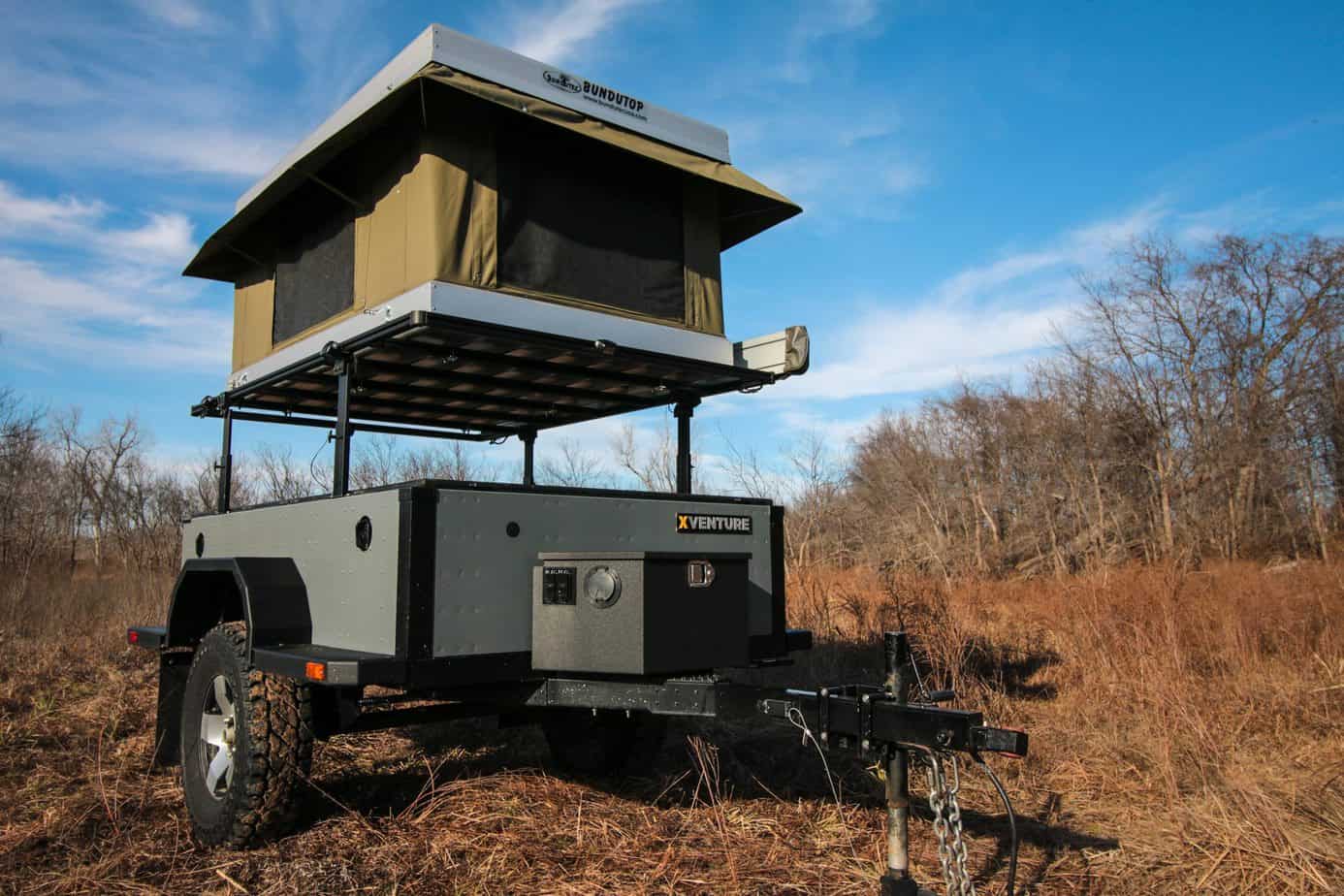
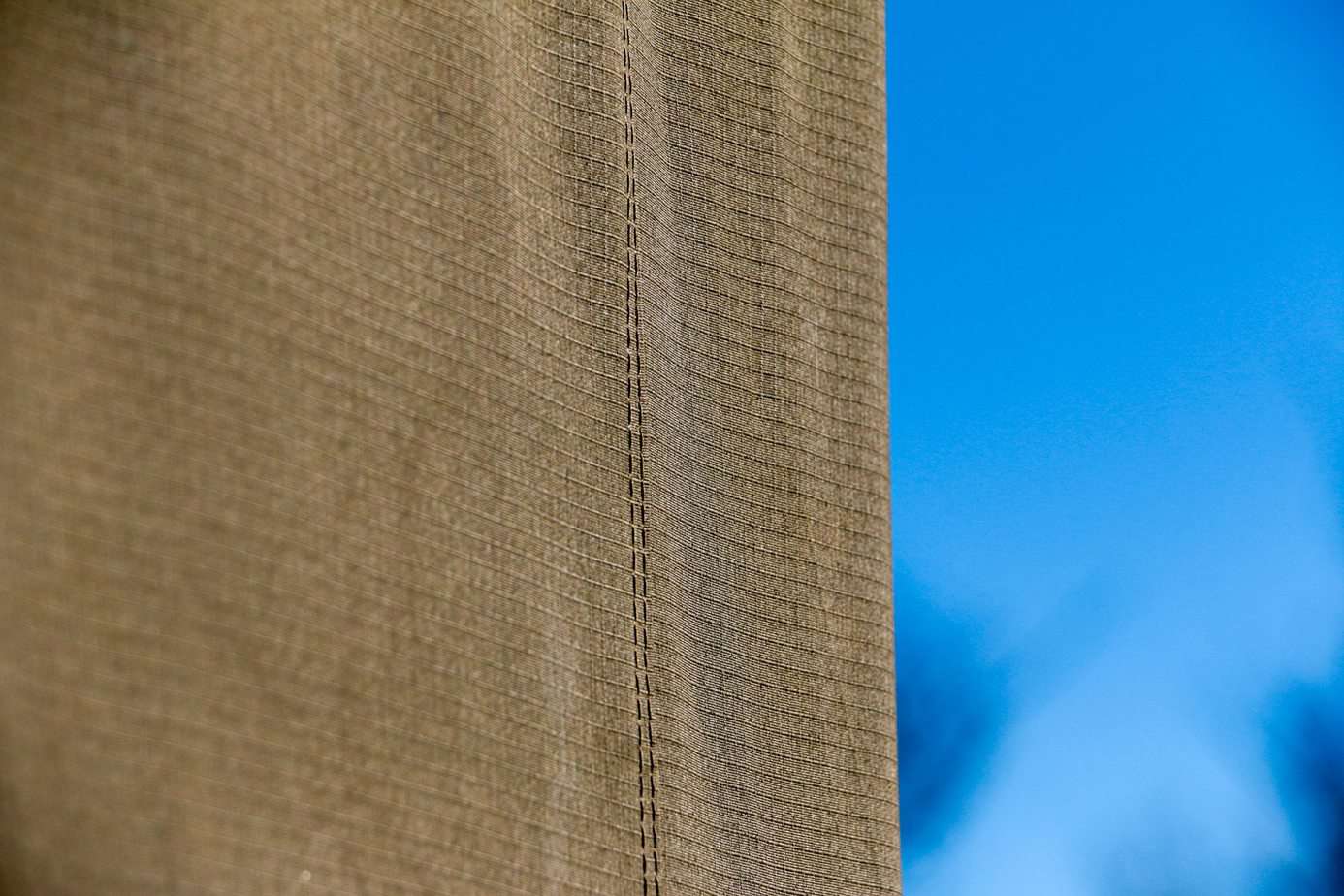
The interior is spacious at 40 inches tall, 50 inches wide, and six and a half feet long, but the mattress is where they went over the top. While James Baroud’s beds come in at three inches thick, and Autohome’s total up to 2.6 inches, the BunduTop mattress is a full 4 inches thick. The difference is immediately clear when laying down, and my bad back was thankful for the extra cushion. Other interior features include an LED light for late night reading and visibility, mesh pockets, and two 12V sockets for charging phones or other devices. These charging ports were another big selling point for our team, as keeping several cameras and GPS units alive on the road is a constant challenge.
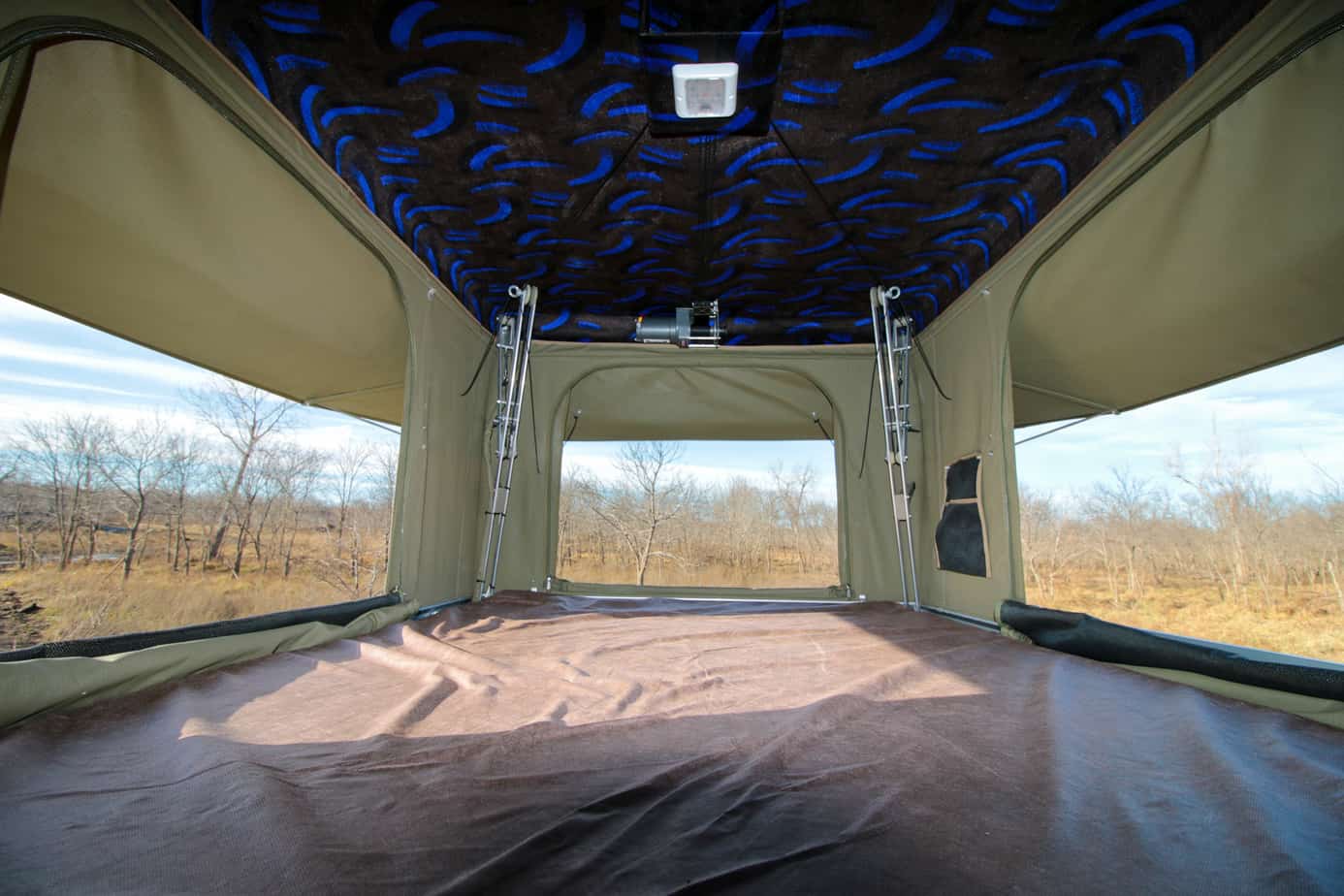
My only immediate gripe with the interior is the strange choice in ceiling fabric. I’m not sure why it bothers me so much, but the pattern and colors just seem out of place with the rest of the tent. It’s like they accidentally mixed up their order with the bowling alley down the street, and instead of returning it, simply drank a beer and said it’ll do. While there’s no actual impact to the operation of the tent, I feel certain that my dreams will be haunted by 90’s music and bad nachos.
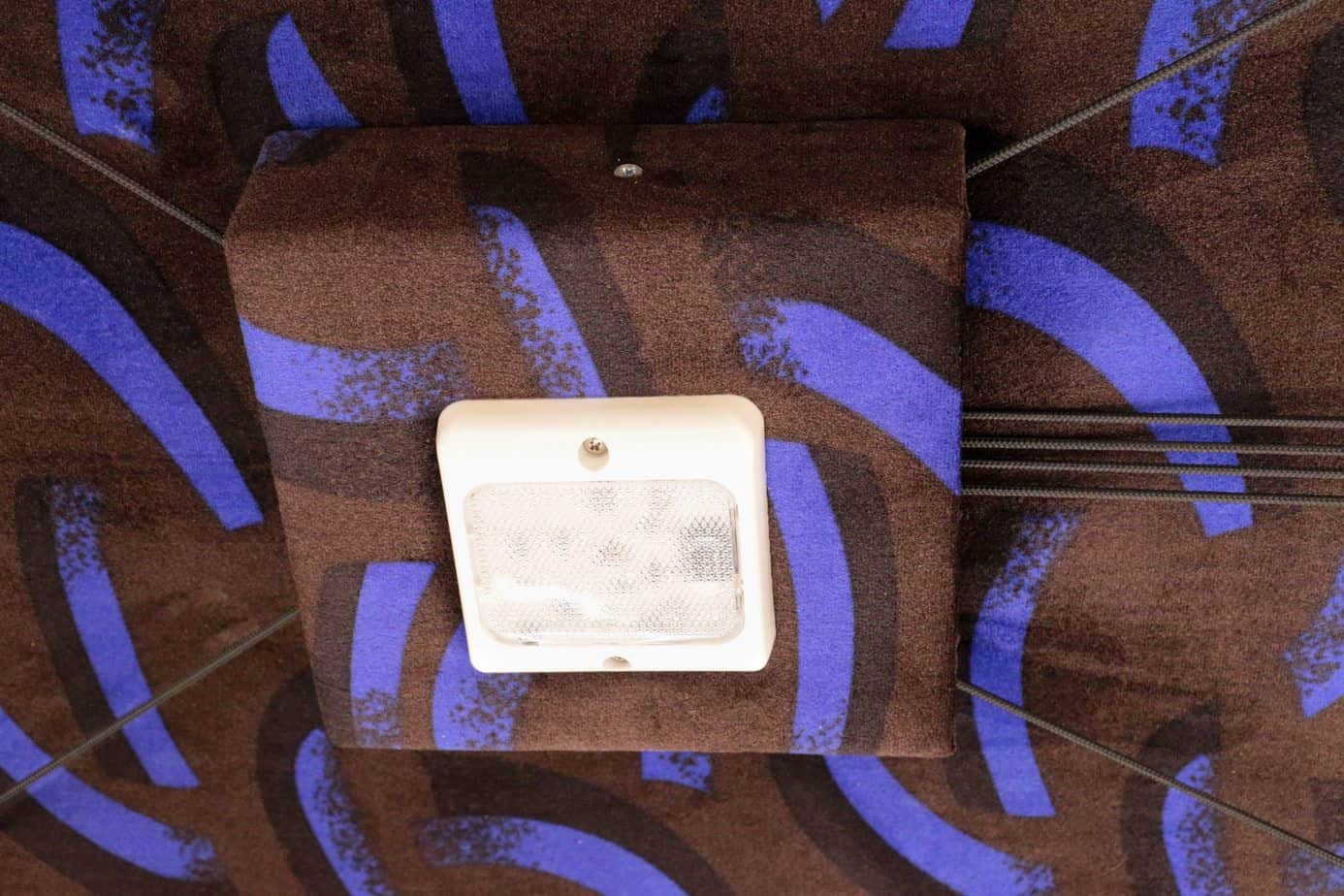
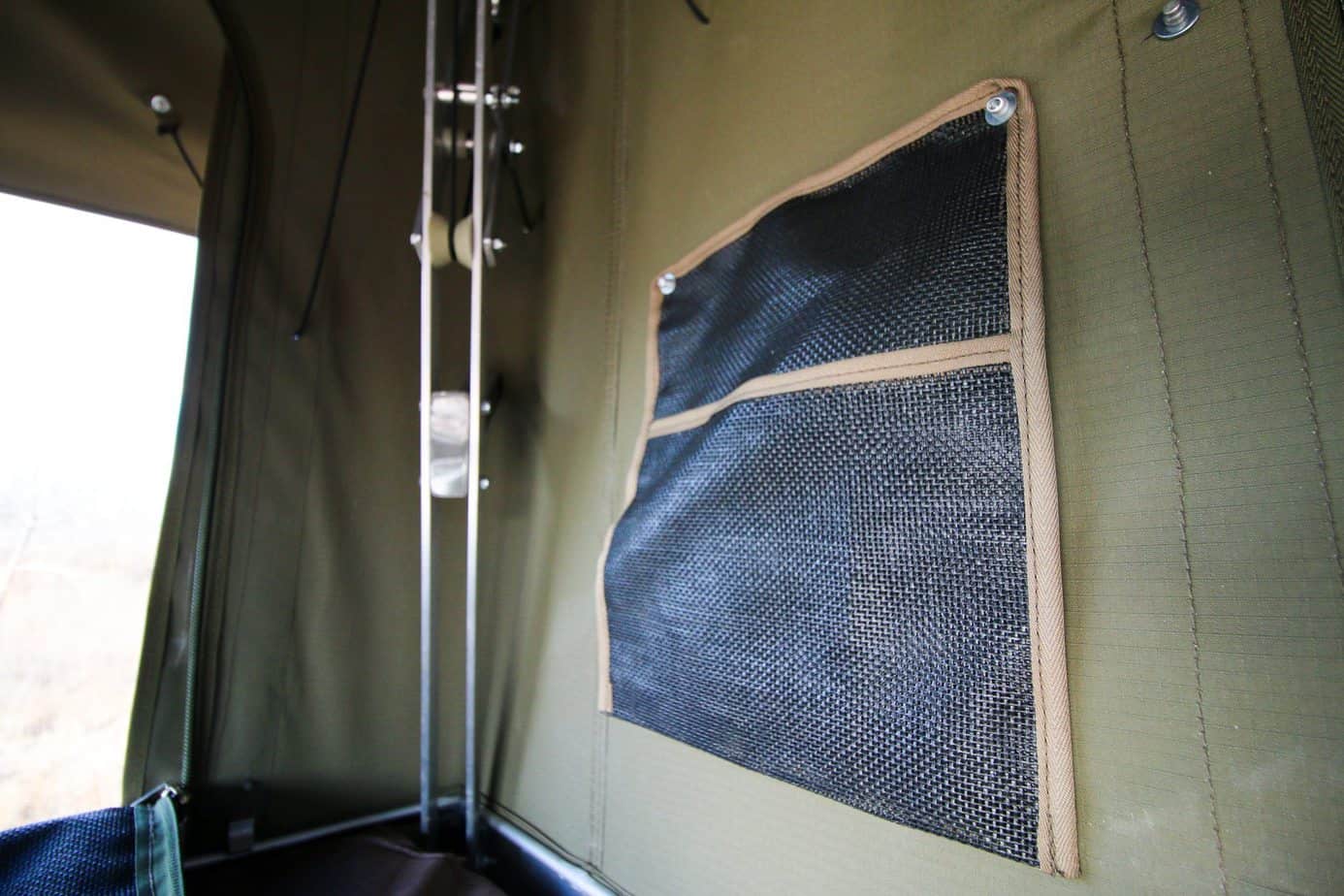
Overall the fit and finish of the tent seems good, but not perfect. The body is well sealed, welds appear strong, and the zippers all functioned easily, but I can’t help feeling like they rushed certain aspects. Rivets were occasionally used in fabric only junctions where a good stitch would have looked cleaner, excess thread was left in random points, and one or two welds could have been ground down more, but it is the ladder and mounting method that bothered me most. Instead of a rail system or even generic brackets, new owners must measure where they want the tent to go and drill holes through the aluminum floor. They then need to run the hardware through and seal it with silicone to prevent leaks. The ladder feels unfinished as well, and the two piece system must be cut to length before use. None of that mattered when mounting it to the trailer, as we had plenty of utility rails and no use for the ladder with the fenders for steps, but vehicle applications would be much more difficult.
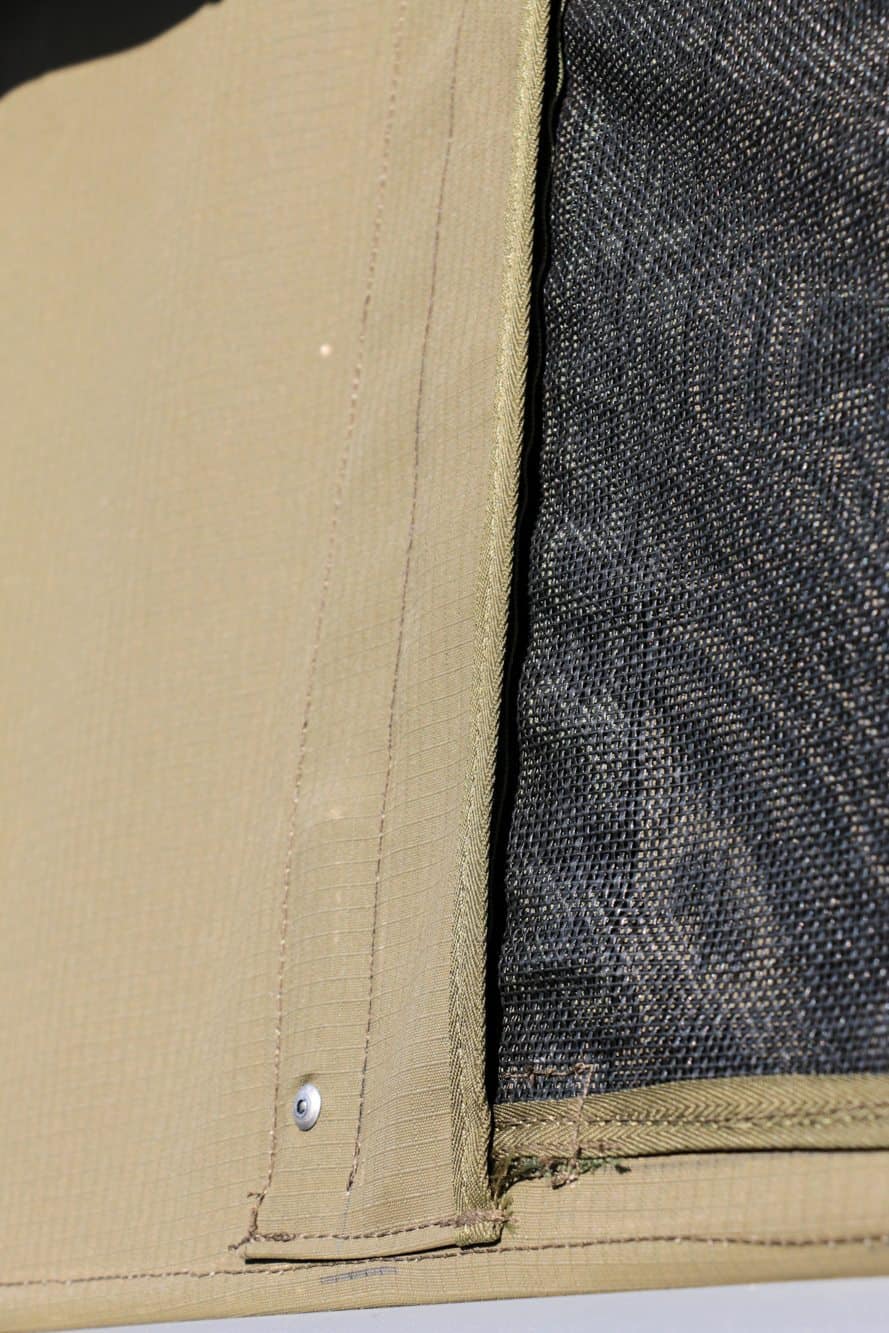
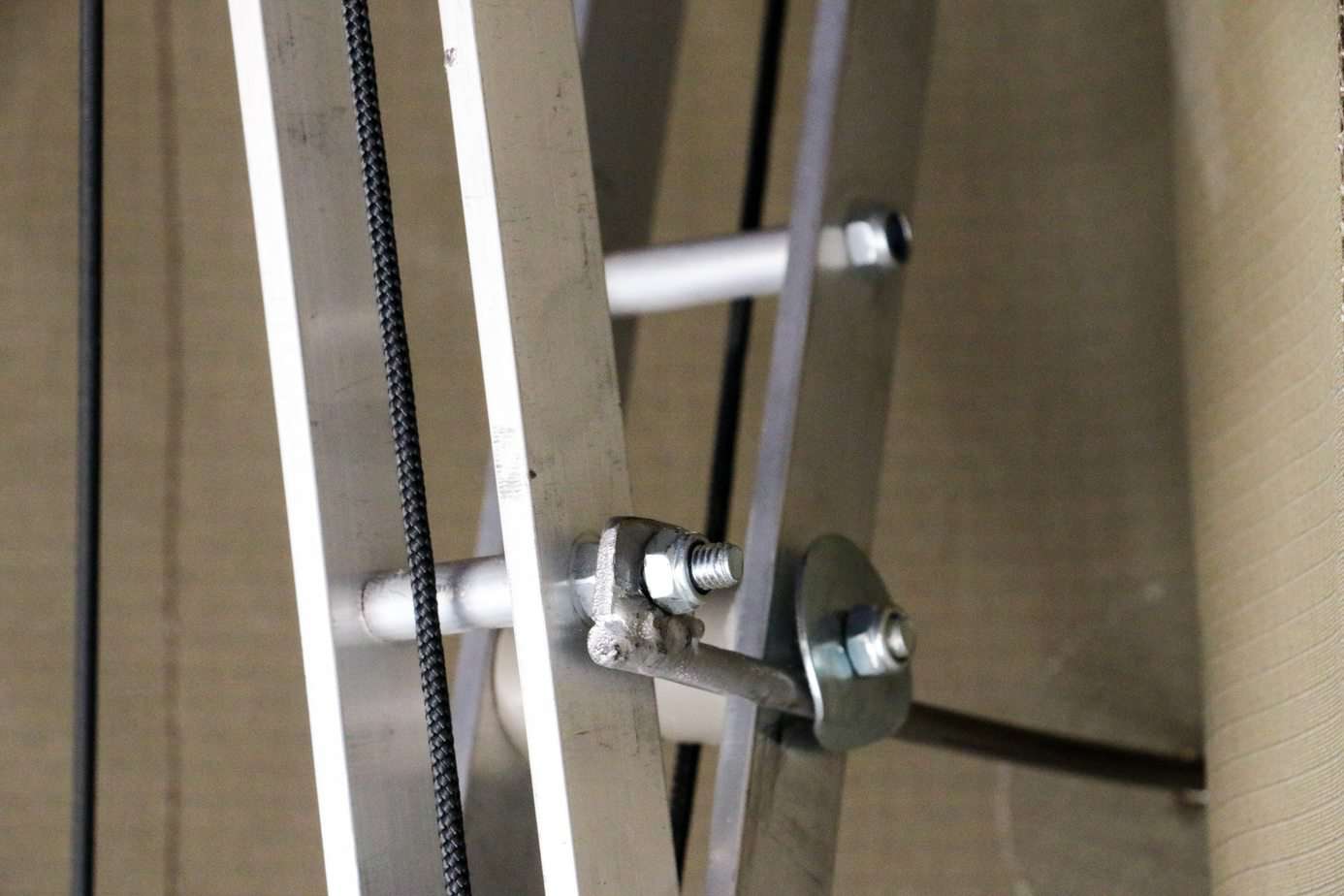
With just a month of use under our belt, there is still plenty of testing to do on this tent, but so far it’s a great fit for our XV-1. It makes setting up and breaking down camp easier than ever before, gives us a great nights sleep on a thick mattress, and even helps to keep our equipment charged up and ready for use. While there are some rough edges to be polished, I have little doubt that we will continue to grow more fond of this tent with each night beneath the stars.
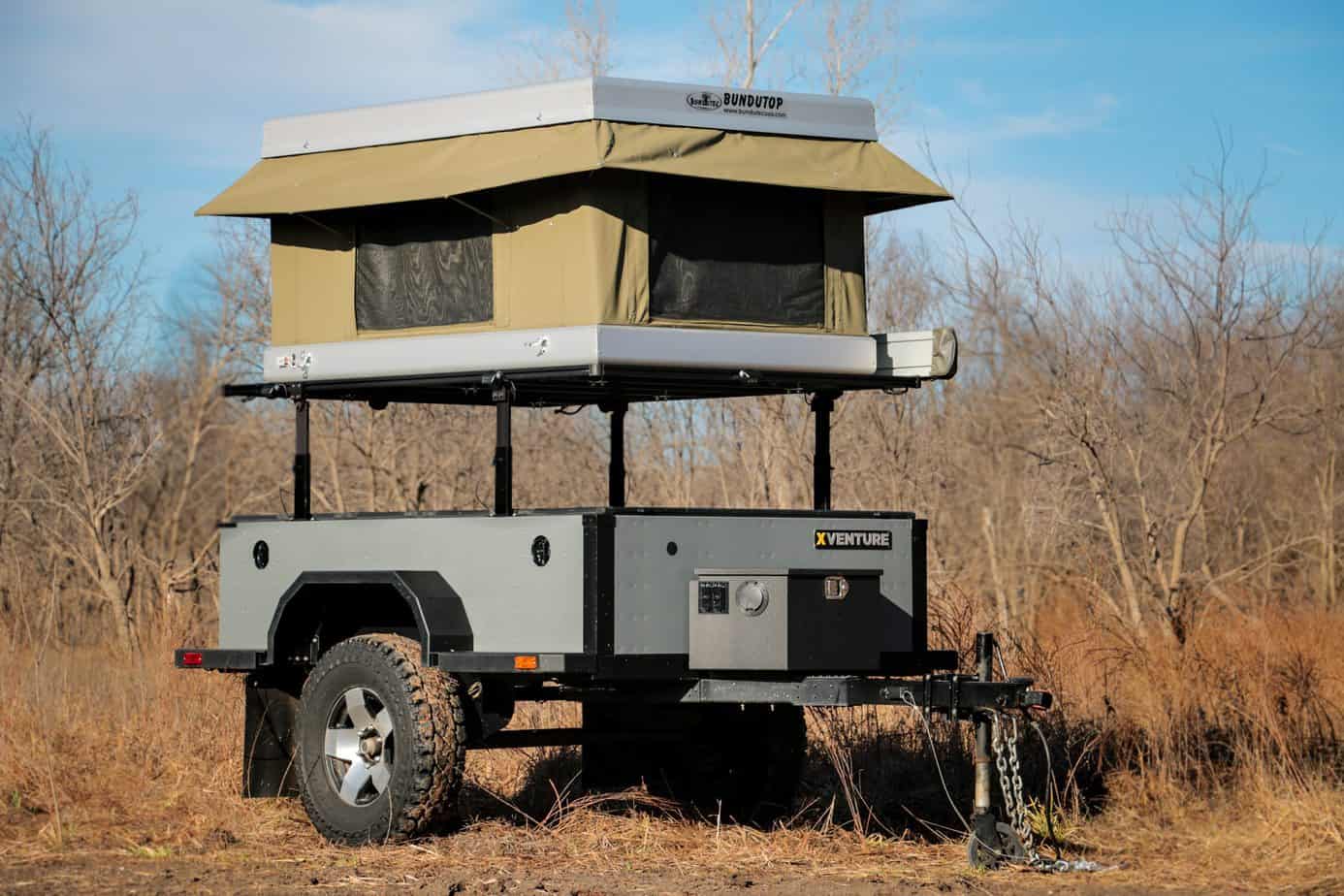
For more information, check out the Bundutec website here, and look for our in depth review of the tent’s performance in the coming months.


